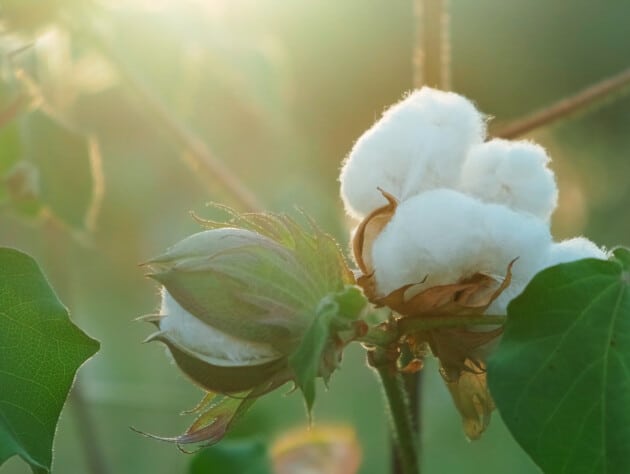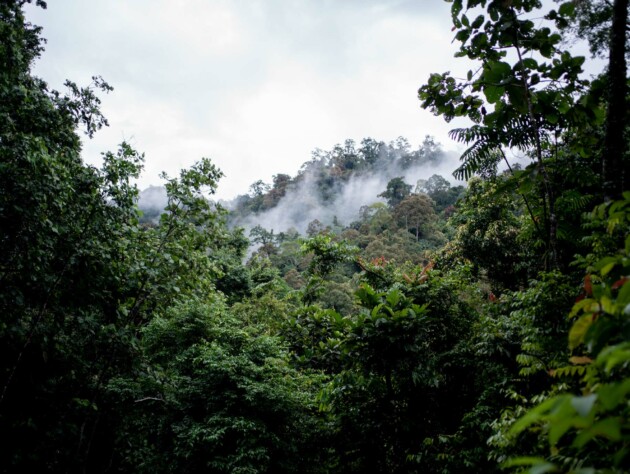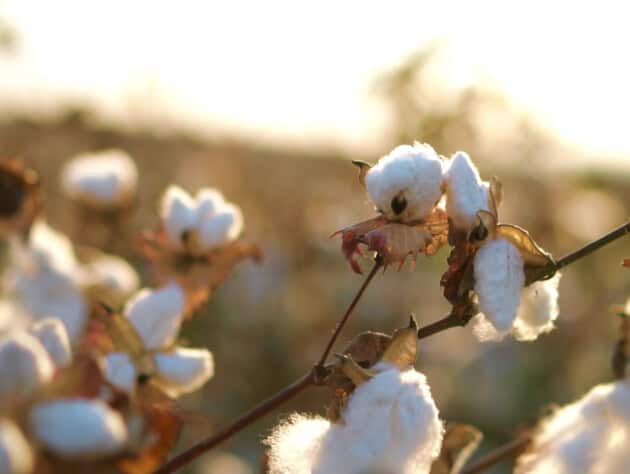Plants give us fibers like cotton, hemp, flax, jute, and more.

Explore plant fibers
From popular staples like cotton and hemp, to more unusual alternatives including jute, kenaf, and kapok, plants provide us with a whole spectrum of fibers for fashion and textiles. Natural and biodegradable, plant fibers are popular with brands looking to move towards more sustainable materials sourcing.
Plant fibers in numbers
Tonnes of plant fibers produced in 2021
Cotton's share of the global fiber market in 2021
Other plant fibers' share of the global fiber market in 2021
SOLUTIONS
We’re pushing for plant fibers that prioritize soil health, water, and biodiversity.
We’re working to help the fashion and textiles industry switch to materials that have less of an impact on people and the natural world. For plant fibers, this means going beyond greenhouse gas emissions to look at how production practices impact soil health, water, and biodiversity.

Materials Production Dashboard
Get the latest data
You can access our latest data on production volume for plant fibers in our Materials Production Dashboard.

Get Involved
Help to lead the conversation
Frequently Asked Questions
If you have a question not answered here, get in touch with us directly, and we’ll be happy to answer it for you.
How can brands show their support for organic and preferred production practices?
Certification to a program such as Textile Exchange’s Organic Content Standard is a good starting point. For non-organic production, brands should still adhere to practices that support Textile Exchange’s Climate+ strategy, which calls for a 45% reduction in the greenhouse gas (GHG) emissions that come from producing fibers and raw materials by 2030, while also supporting the interdependent impact areas of biodiversity, soil health, and water quality and availability. This information can be shared with consumers whether online or on-product.
What is in-conversion?
To grow any organic crop, the land must go through a conversion period first, from the beginning of the conversion to organic management practices to the certification of crops as organic. The conversion period is usually two to three years, during which time farmers establish new organic management systems.
What is regenerative?
There is no single definition of regenerative agriculture and no one-size-fits-all solution. Regenerative agriculture takes a holistic systems approach that puts humans and ecosystems at its core, and has documented benefits related to biodiversity, water availability and quality, climate resilience, and livelihoods. Textile Exchange suggests that regenerative programs do not include the use of synthetic pesticides and fertilizers.